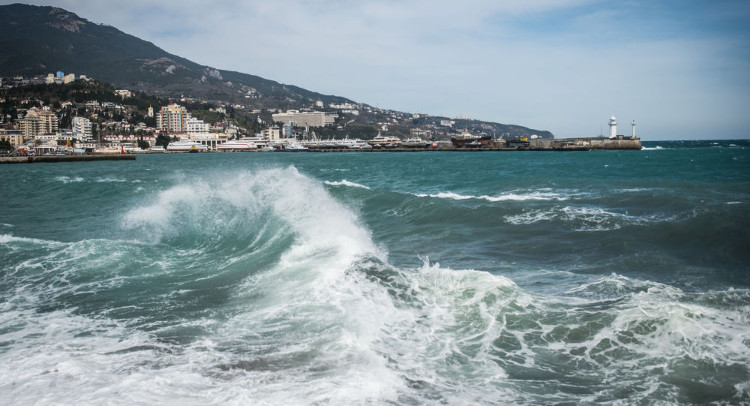Is sea water more salty?
Is seawater more salty because salt flows from rivers to the sea, or is there a way to keep the ocean's salinity level stable?
According to the website Today I found out, most sea salt is caused by water-borne erosion, such as rock erosion on salt-bearing continents and rivers flowing into the sea. Therefore, the salinity of the ocean will continuously increase; however, because of some mechanisms, called "salt swamps" (salt sinks are coastal wetlands that form the mouth of a river or the river to meet the sea), help remove salt from the ocean with The exact rate as salt is added to the sea.
A large salt marsh is the evaporation of water. When seawater evaporates, salt concentration increases. How is that salt removed from the water? Water will become saturated in some places and it is no longer possible to keep all dissolved salts, which makes the evaporite residue (Evaporit is a mineral water-soluble sediment, created from flying. vapor of surface water) in sediments and finally into sedimentary rocks.

A large salt marsh is the evaporation of water.
Second, regarding salt marshes, the wind blows seawater into the mainland, where the water evaporates, leaving salt deposits.
The remaining salt marshes are chemical processes . For example, lava on the ocean floor will react with soluble salt ions (like Mg2 +), remove them from the water. In addition, some types of clay absorb some salts (eg Mg2 + and K +), and some hydrogen minerals, like iron-manganese stones are also formed using salt. All of these processes reduce the ocean's salinity.
It is life in the sea that also helps to eliminate salt in the ocean. Many animals eat or extract salt from water, such as with shellfish (from Si4 + and Ca2 + salts). These things sink to the bottom of the ocean and become part of the sediments there. Similar to evaporit minerals, these finally combine into sedimentary rock.
In addition to salt marshes, fresh water from rivers, ice melts, and such things also provide a relatively constant flow of freshwater to the oceans, helping to balance the loss of water through evaporation.
All of these processes help keep the ocean's salinity always in a relatively balanced state, although salty or lighter seas are still available, depending on many factors.
Therefore, for at least 1.5 billion years ago, the global salt concentration in the world is always stable at 3.5%.
However, this has begun to change over the past half century, and the disastrous consequences may come if this trend continues.
Here are some more information, related to salinity of seawater.

The salinity of the ocean plays an important role in reducing the strength of storms.
The salinity of the ocean is very important for global climate, because ocean currents are seen as a giant "belt", moving warm water from the equator and subtropics to the poles, and colder water from the poles to the hotter areas (this is called heat circulation ). Salt plays an important role in keeping this belt moving because saline density is one of the main factors controlling underground flow.
In 2011, NASA and Comision Nacional de Actividades Espaciales (CONAE), Argentina's space agency, with technological support from the National Center D'Etudes Spatiales (CNES) of France and Agenzia Spaziale Italiana (ASI) of Italy, introduced the SAC-D satellite, which has a tool, Aquarius, to measure and draw a map of global salinity changes, and to better understand ocean currents. According to the researchers, ocean salinity plays an important role in reducing the strength of storms.
It is estimated that if you try to remove all the salt from the world's oceans, this amount of salt can cover the land with a pile of salt about 150 meters high.
- What if the sea is no longer salty?
- Why do salty snacks make people eat as much as they crave?
- Eating salty makes your body grow old
- The Baltic Sea has the tastiest salty taste
- Why is the sea salty?
- Why can't we eat too salty?
- How to limit salt intake
- The effects of salty eating on the human body
- Why not salty sea fish?
- Health - what to do 'because of the habit of eating salty and eating light
- This bizarre thing has helped sea snakes not drink water for 6 - 7 months.
- Why tears are salted?
 Surprised: Fish that live in the dark ocean still see colors
Surprised: Fish that live in the dark ocean still see colors Japan suddenly caught the creature that caused the earthquake in the legend
Japan suddenly caught the creature that caused the earthquake in the legend A series of gray whale carcasses washed ashore on California's coast
A series of gray whale carcasses washed ashore on California's coast Compare the size of shark species in the world
Compare the size of shark species in the world